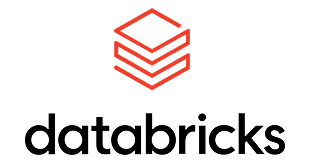The Lakehouse Platform for All Your Data
At the heart of Databricks is a paradigm called the Lakehouse, it allows for flexible and scalable environments for data by bringing together the capabilities of the data lake to hold large quantities of raw data with the data warehouse efficiency in querying and analysing that data.
This architecture allows these businesses to perform analytics, machine learning, and even data engineering all on one platform, really streamlining workflows, all while leaving behind the drudgery of managing disparate systems.
Databricks also has a shared workspace where data scientists, engineers, and analysts can collaborate in real-time for acceleration of innovation and insights. It supports open-source technologies like Delta Lake, MLflow, and Koalas that make scaling data science and machine learning projects easier.



Role-based access controls, identity management, and data encryption found on the platform make it enterprise-ready for handling sensitive data.
Databricks also has integrations with large cloud providers such as AWS, Azure, and Google Cloud to use native cloud capabilities for scaling and workload optimization. Given this managed environment, Databricks reduces the operational overhead of managing infrastructure, which, in turn, enables teams to unlock the possibilities that the data holds.
For organizations that look for a high-performance, unified platform to solve modern data problems, Databricks is shining like an essential tool.

